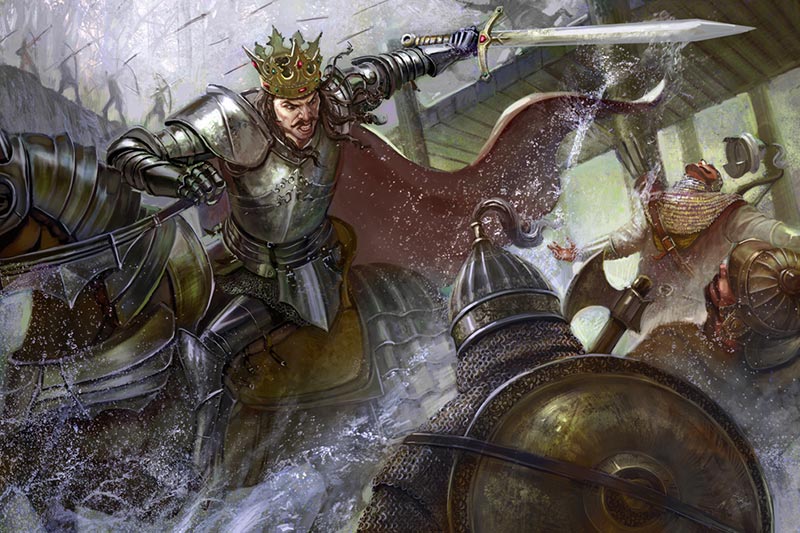Putna Monastery – the resting place of Stephen the Great
PlacesAfter the Ottomans conquered Constantinople in 1453, it was only a matter of time until they tried were going to continue their invasion to the west, throughout all of Europe. The history and the legends of the Putna Monastery are closely tied to Moldavia's greatest ruler, Stephen the Great, "The Athlete of Christ" as Pope Sixtus IV named him.
The first and most important monastic center in Moldavia, Putna Monastery, was built between 1466 and 1469 after Stephen the Great won the battle in which he conquered the Chilia Citadel, guarded by a Hungarian garrison. In Moldavia's 15th century, the tradition for the ruler was to build a church or a monastery as his burial place, and Stephen the Great wanted to have the most magnificent one in the country.
Stephen the Great ruled for half a century, from 1457 until 1504, and he earned his surname, "the Great", due to his successful military campaigns against the Ottoman Empire. He is also famous for building and influencing dozens of churches and monasteries all across Moldavia, such as Voronet Monastery or Neamt Monastery.
Legend has it that the construction site was selected by shooting an arrow at a nearby hill, and the building was erected on the ground where the arrow hit.
For long, the site was believed to have been designed by a Greek architect named Theodor – the interpretation of the Chilia chronicles on which this was based has since been proven wrong. Throughout the centuries, the monastery underwent numerous transformations, usually following enemy attacks or fires, being refurbished and enriched after each such event, precisely due to its special spiritual significance for the Romanian people. In 1653, the monastery was destroyed by Timuș Hmelnițki, and it was reconstructed by Vasile Lupu shortly after.
The second legend from Putna Monastery says that the church was demolished in 1654 by the ruler of that time, some say to search for hidden gold in the construction. It is still a mystery why the church was destroyed, given that there are no writings in old chronicles about this event.
The oldest embroidery of the monastery dates back to the end of the 14th century and is an Epitaphios made of silk and gold thread by Euphemia, a Serbian nun.

The history of Romania remembers a personality so significant that it had to be elevated to the sainthood. Stefan cel Mare si Sfant (Saint Stephen the Great) was one of the most important Romanian rulers, whose actions and achievements shaped the history of the land, as well as European history. The Putna Monastery, his final resting place, has become a prominent place of pilgrimage and a symbol of the greatness of an era.
Visiting hours:
From 07:00 until 19:00.
Ticket Prices:
Adults: 5 Lei
Filming fee: 10 Lei.